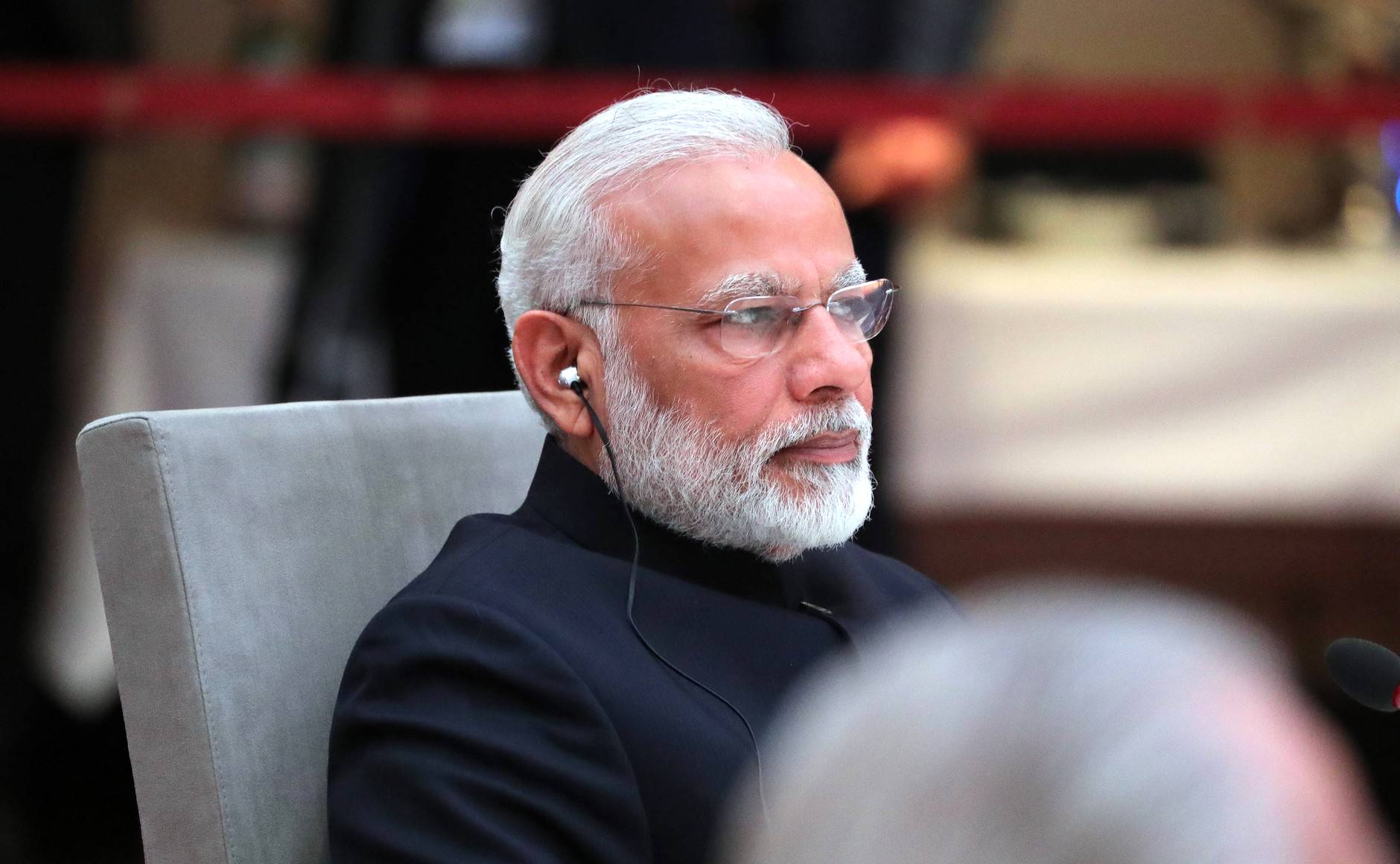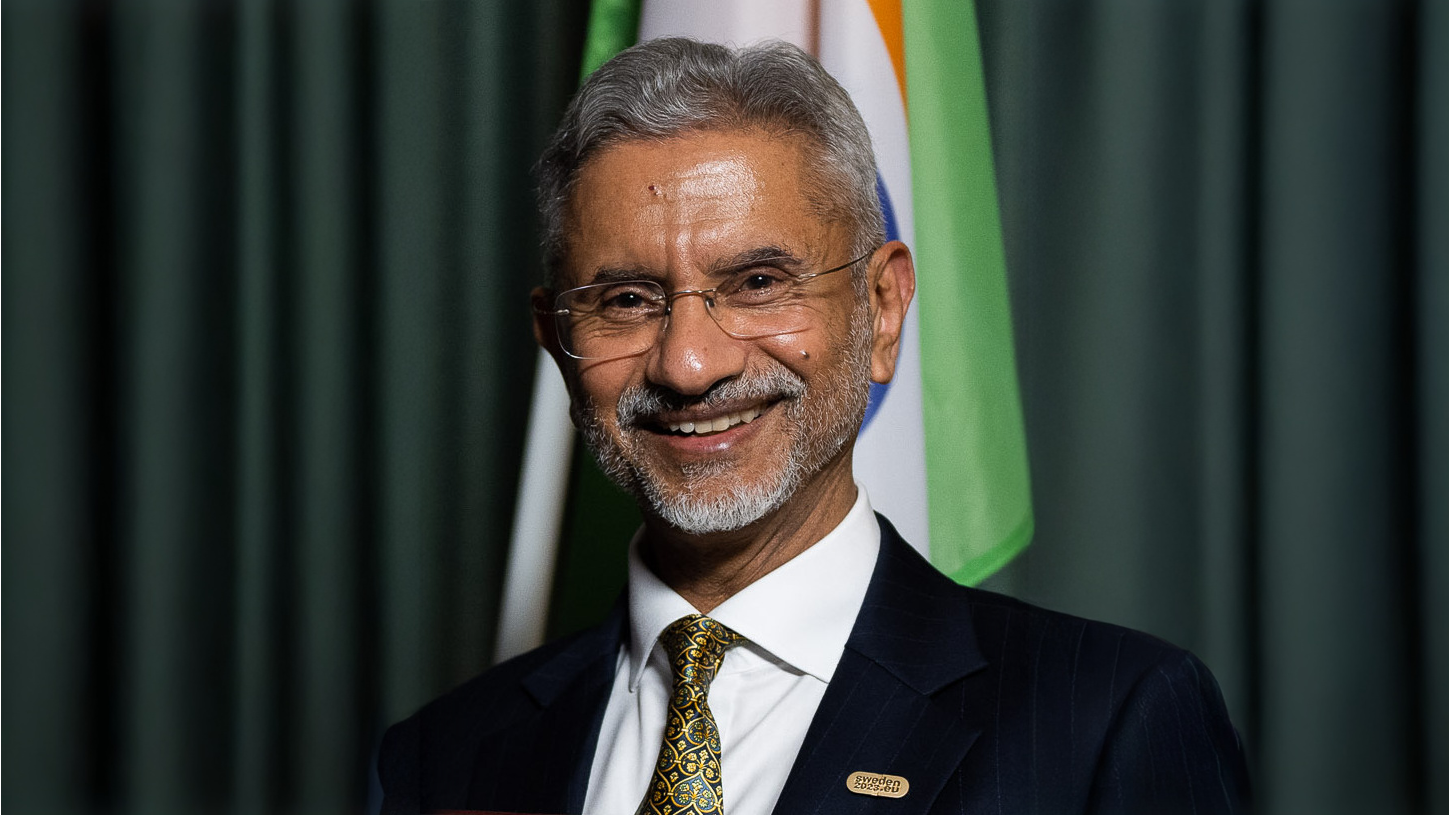After the Pahalgam attack, India launched a strong response under “Operation Sindoor” to send a clear message to Pakistan. During the night of May 9 and 10, the Indian Air Force targeted four Pakistani airbases. These included Chaklala, Rafique, and Rahim Yar Khan airbases, where strategic strikes were carried out to demonstrate India’s firm stance against cross-border terrorism.

India Destroyed Pakistan’s Nur Khan Airbase
New Delhi: After the deadly terrorist attack in Pahalgam, India responded with a powerful and strategic counter-operation named “Operation Sindoor,” sending a strong and unmistakable message to Pakistan. On the night of May 9 and 10, the Indian Air Force launched a series of symbolic airstrikes aimed not just at military infrastructure but also at shaking the confidence of Islamabad and Rawalpindi. These strikes were not random—they were carefully selected and targeted to have a high strategic impact.
As part of this operation, India struck four key Pakistani airbases. These included Chaklala (also known as Nur Khan Airbase), Rafique, and Rahim Yar Khan. Later, the operation extended to hit additional locations such as Sargodha, Bhullari, and Jacobabad airbases. The main goal of these strikes was to show that India will not tolerate any aggression, especially when it comes to attacks on its soil.
One of the most critical targets in this operation was Pakistan’s Nur Khan Airbase. This base is extremely close to Pakistan’s General Headquarters in Chaklala near Rawalpindi and is considered a nerve center for the country’s air mobility operations. It houses key military assets, including Saab Erieye airborne early warning aircraft, C-130 transport planes, and IL-78 refueling aircraft, making it a high-value strategic target.
The planning behind the attack was meticulous. According to reports from WION, the operation was overseen by Air Chief Marshal Amar Preet Singh. He received full support from India’s National Security Advisor Ajit Doval. The final decision to strike Nur Khan Airbase was made during a high-level security meeting held in Delhi on the evening of May 9. This crucial meeting was chaired by Prime Minister Narendra Modi and attended by top national security and defense officials. Among those present were Defense Minister Rajnath Singh, Chief of Defence Staff General Anil Chauhan, Navy Chief Admiral Dinesh Tripathi, Army Chief General Upendra Dwivedi, and Air Force Chief Amar Preet Singh.

During the meeting, the plan for Operation Sindoor was finalized, and permission was given to proceed. The Indian Air Force selected some of its best pilots to carry out the mission, ensuring maximum precision and minimal risk.
The impact of these strikes was soon confirmed. The Indian military released satellite images showing the extent of damage at the targeted airbases, including Nur Khan. Eyewitness reports on social media from people near the affected areas also backed up claims of Indian airstrikes. The Indian government later confirmed that all pilots who participated in the mission returned safely to base.
Earlier in the day, Pakistan had admitted that 11 of its military personnel were killed during India’s retaliatory strike. This public acknowledgment further validated the effectiveness of Operation Sindoor.
The surprise and intensity of the Indian air raids left Pakistan rattled. In a state of panic, Pakistani officials urgently reached out to the international community, including the United States, to request intervention and help in de-escalating the situation. On the morning of May 10, U.S. Secretary of State Marco Rubio held a phone call with Pakistan’s Army Chief. Later in the day, he also spoke with Indian External Affairs Minister S. Jaishankar.
By evening, India officially confirmed that Pakistan had initiated contact via the Director General of Military Operations (DGMO) communication channel. Indian Foreign Secretary Vikram Misri announced that a conversation had taken place between the DGMOs of both countries. During this call, both sides agreed to stop all kinds of military action—whether on land, in the air, or at sea.
This diplomatic breakthrough marked a significant moment in the post-strike scenario, underlining that while India is ready to act decisively, it is equally open to peace when its national interests are respected.
Also Read:
- What is Bhargavastra? A Nightmare for China & Pakistan
- India’s Gulf Strategy Amid US-China and Pak Tensions
Author

Aditya
Aditya is a dedicated writer at InsightIndia.in, covering the latest news from across India with a focus on results and public updates. With a strong eye for accuracy and clarity, he brings timely information to readers, helping them stay informed about key developments and outcomes that matter.














